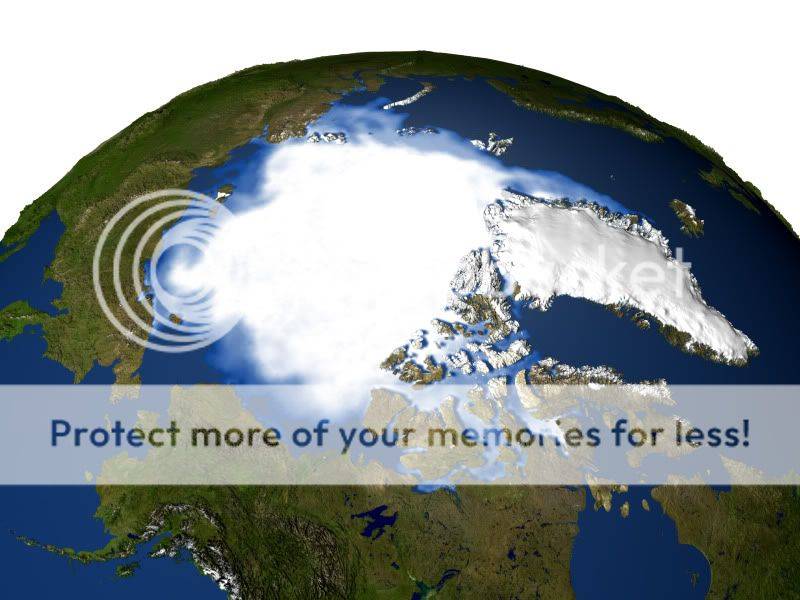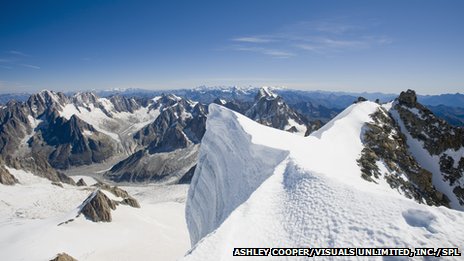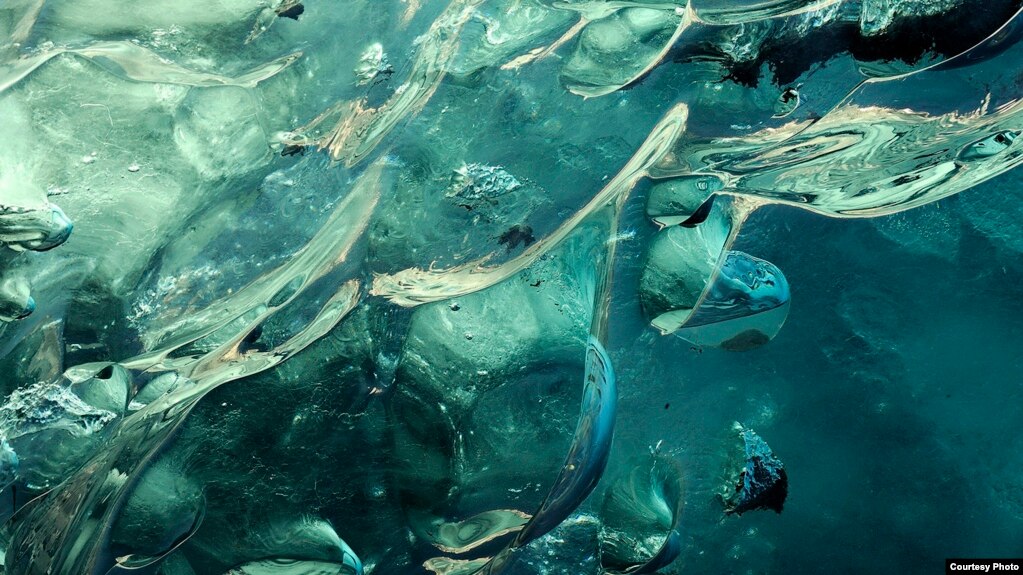Toronado3800
Gold Member
- Nov 15, 2009
- 7,608
- 560
- 140
Its been about 12,000 years since the end of the last ice age. During that ice age ice extended all the way down to Wisconsin. Now obviously its limited to further north regions. (Odd the southern hemisphere seems less affected. Moderating effects of their higher percentage of ocean?)
So apparently ice has been retreating for at least 12,000 years. We can argue the finer points of how far and from where to where but between 1,000 and 2,000 miles seems certain. I'll use 1,500 miles for my math. That's maybe .125 mile per year on average. To mess up the ease of using math to determine what's "normal" ice should probably retreat slower from areas near the poles and quicker from Wisconsin.
None the less (and even if anti-man made global warming folks don't point out that ice has been retreating for some time), I think it may be natural for ice to be retreating.
Does anyone have evidence of something like "where the ice has historically stopped retreating between ice ages"
Last Ice Age

Current

PS, don't think this means we need to be lazy and just keep dumping CO2 in the atmosphere. My opinion on that is we don't need to be liberal with our stewardship of the earth and find the environmental tipping point of no return.
So apparently ice has been retreating for at least 12,000 years. We can argue the finer points of how far and from where to where but between 1,000 and 2,000 miles seems certain. I'll use 1,500 miles for my math. That's maybe .125 mile per year on average. To mess up the ease of using math to determine what's "normal" ice should probably retreat slower from areas near the poles and quicker from Wisconsin.
None the less (and even if anti-man made global warming folks don't point out that ice has been retreating for some time), I think it may be natural for ice to be retreating.
Does anyone have evidence of something like "where the ice has historically stopped retreating between ice ages"
Last Ice Age

Current

PS, don't think this means we need to be lazy and just keep dumping CO2 in the atmosphere. My opinion on that is we don't need to be liberal with our stewardship of the earth and find the environmental tipping point of no return.




